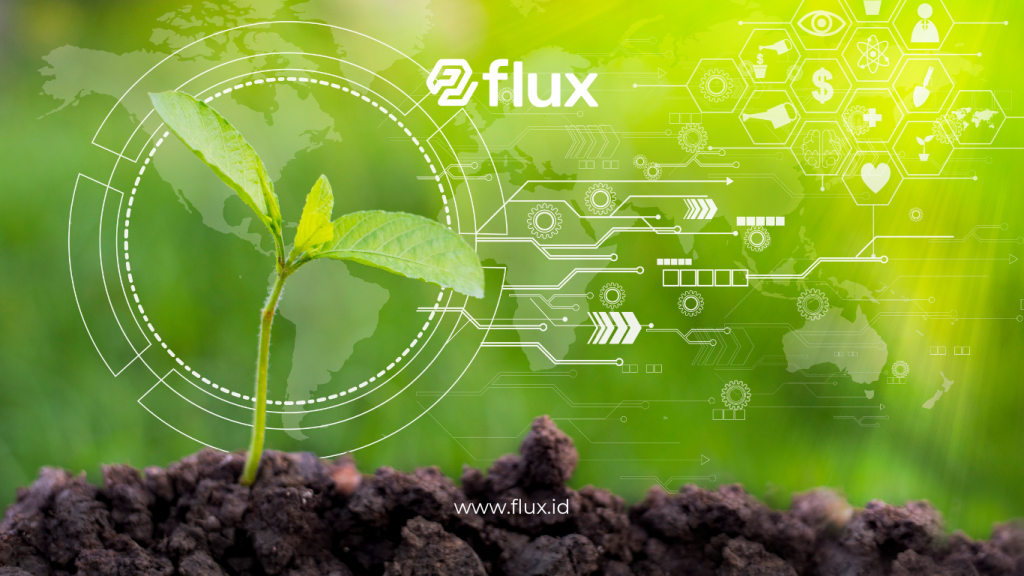Don't miss our holiday offer - 20% OFF!
In today’s modern era, Internet of Things (IoT) technology has penetrated various sectors, including agriculture. One of the most significant applications of this technology is in irrigation monitoring systems. With the help of smart sensors, water management in agriculture becomes more effective and efficient. This article will discuss how IoT solutions can optimize water use in irrigation, the technology involved, its benefits, and its applications in modern agriculture.
Contents
- 1 What is an IoT Solution for Irrigation Monitoring?
- 2 How Does IoT-Based Irrigation Monitoring Work?
- 3 Benefits of IoT Solutions in Irrigation Monitoring
- 4 IoT Technologies Used in Irrigation Monitoring
- 5 Case Studies of IoT Implementation in Irrigation
- 6 Challenges and Solutions for Implementing IoT in Irrigation
- 7 Conclusion
What is an IoT Solution for Irrigation Monitoring?

Read More: Complete Guide: Implementing IoT Sensors for Smart Agriculture Monitoring and Irrigation Management
An IoT solution for irrigation monitoring is a technology-based system that allows farmers to manage and monitor water usage in real-time. This system integrates IoT sensors, cloud-based software, and remote control applications, enabling farmers to make better decisions regarding irrigation schedules, water requirements, and energy efficiency.
Key Components of IoT in Irrigation
- Soil Moisture Sensors: These sensors measure real-time soil moisture levels to determine water needs accurately.
- Weather Sensors: They detect weather conditions such as rainfall, temperature, and humidity to optimize irrigation schedules.
- IoT Gateway: The gateway connects sensors to the cloud platform, enabling real-time data transmission.
- Cloud Platform: It stores and analyzes data, providing reports and recommendations to farmers.
- Mobile or Web Application: Farmers use these applications to manage the irrigation system remotely via smartphones or laptops.
How Does IoT-Based Irrigation Monitoring Work?
- Data Collection
- To begin with, soil and weather sensors gather data on soil moisture, temperature, rainfall, and humidity.
- After collection, sensor data is transmitted to the IoT gateway and sent to the cloud platform.
- Data Analysis
- The cloud platform analyzes the data using artificial intelligence (AI) algorithms, providing irrigation recommendations.
- Weather forecasts and plant water needs are taken into account to create a more efficient irrigation plan.
- Automated Actions
- The system automatically activates or deactivates water pumps and irrigation valves based on water requirements.
- In addition, farmers can manually schedule irrigation through the application when needed.
- Real-Time Monitoring
- Farmers can monitor irrigation status and field conditions in real-time using the application, ensuring constant oversight.
Benefits of IoT Solutions in Irrigation Monitoring

Read More: IoT in Agriculture: Smart Monitoring Technology for Smarter Farming
1. Water Usage Efficiency
- The accurate detection of soil moisture ensures water is supplied only when necessary.
- As a result, water wastage is reduced, operational costs are lowered, and environmental sustainability is promoted.
2. Reduced Operational Costs
- Efficient water usage reduces the operational costs of running water pumps.
- Additionally, remote monitoring saves time and labor for farmers.
3. Increased Crop Productivity
- Precise and timely irrigation ensures crops receive optimal water, preventing water stress.
- Consequently, crop yields increase significantly.
4. Data-Driven Irrigation Management
- Data-driven decisions enable more effective irrigation planning.
- Historical data and weather forecasts are used to predict future water needs.
IoT Technologies Used in Irrigation Monitoring
1. Capacitance-Based Soil Moisture Sensors
These sensors use the principle of electrical capacitance to measure soil water content. This method ensures more accurate and real-time sensor readings.
2. Wireless Weather Sensors
These sensors measure rainfall, temperature, and humidity. This information helps the system predict irrigation schedules and avoid over-watering.
3. AI-Based Automated Control
The automated control system utilizes AI algorithms to manage irrigation automatically based on sensor data and weather forecasts.
Case Studies of IoT Implementation in Irrigation

Read More: IoT Sensors: Smart Solutions for Soil Health and Maximum Harvest in Agriculture
1. Smart Irrigation Project in Central Java
In Central Java, farmers implemented a smart irrigation project using IoT in rice fields. By using soil moisture sensors and remote control applications, farmer productivity increased by 20%, and water savings reached 30%.
2. IoT Implementation in Horticultural Farming
In horticultural farming, IoT-based irrigation allows precise watering for vegetable crops. As a result, crop quality improves, and crop damage due to over-watering is avoided.
Challenges and Solutions for Implementing IoT in Irrigation
1. High Initial Costs
- Solution: Government subsidy programs and financial support help farmers acquire IoT devices.
2. Limited Network Infrastructure
- Solution: LPWAN (Low-Power Wide-Area Network) technology provides internet connectivity in remote areas.
3. Lack of Farmer Awareness
- Solution: Training programs and support systems educate farmers on the use of IoT technology.
Conclusion
To sum up, IoT solutions for irrigation monitoring have brought a significant revolution to modern agriculture. With higher water efficiency, data-driven management, and reduced operational costs, this technology promises a more sustainable future. Therefore, adopting IoT in irrigation is a strategic step toward smarter, more sustainable, and eco-friendly agriculture.





